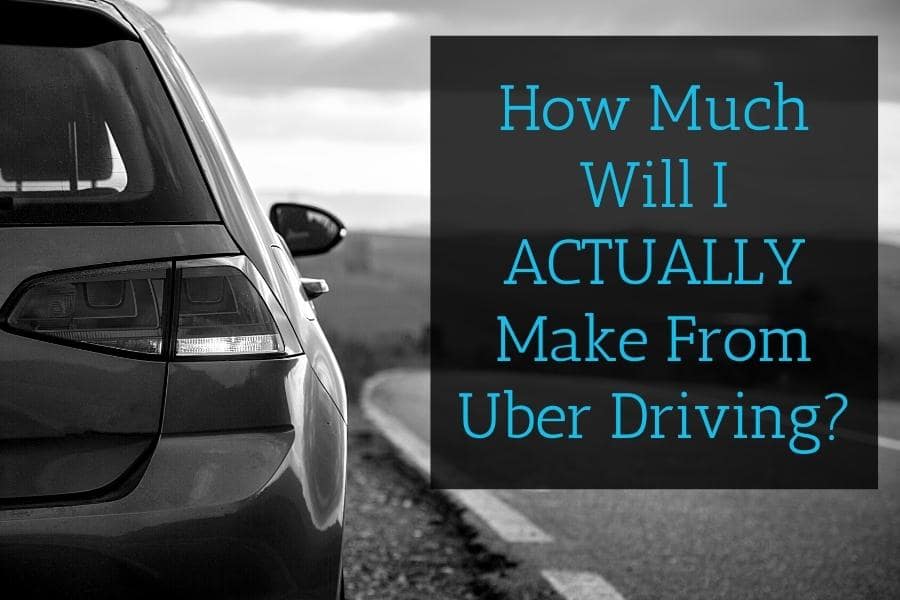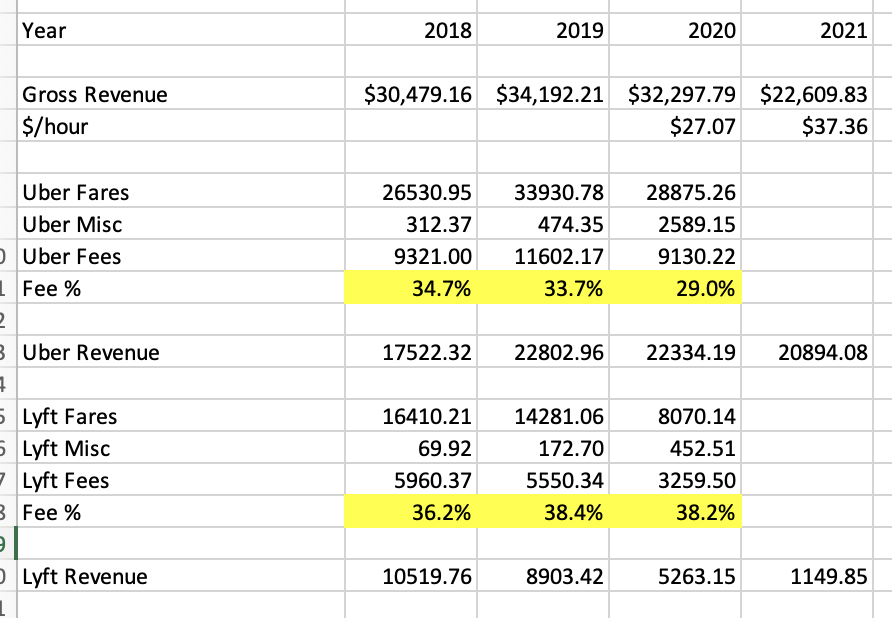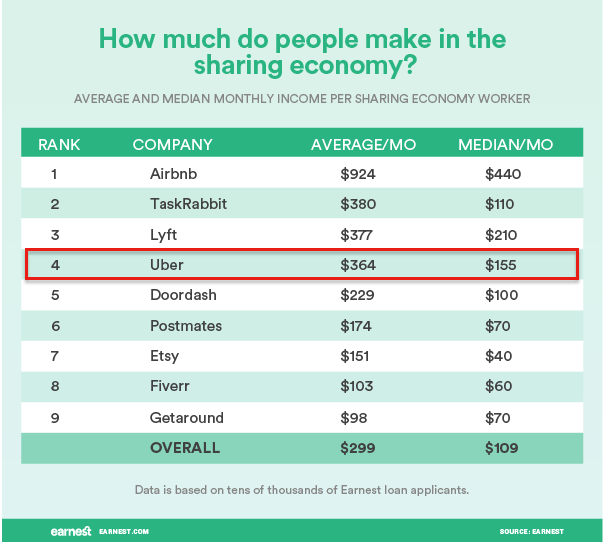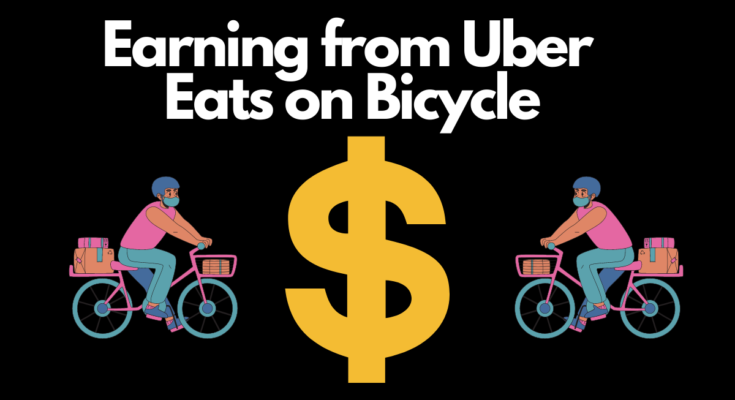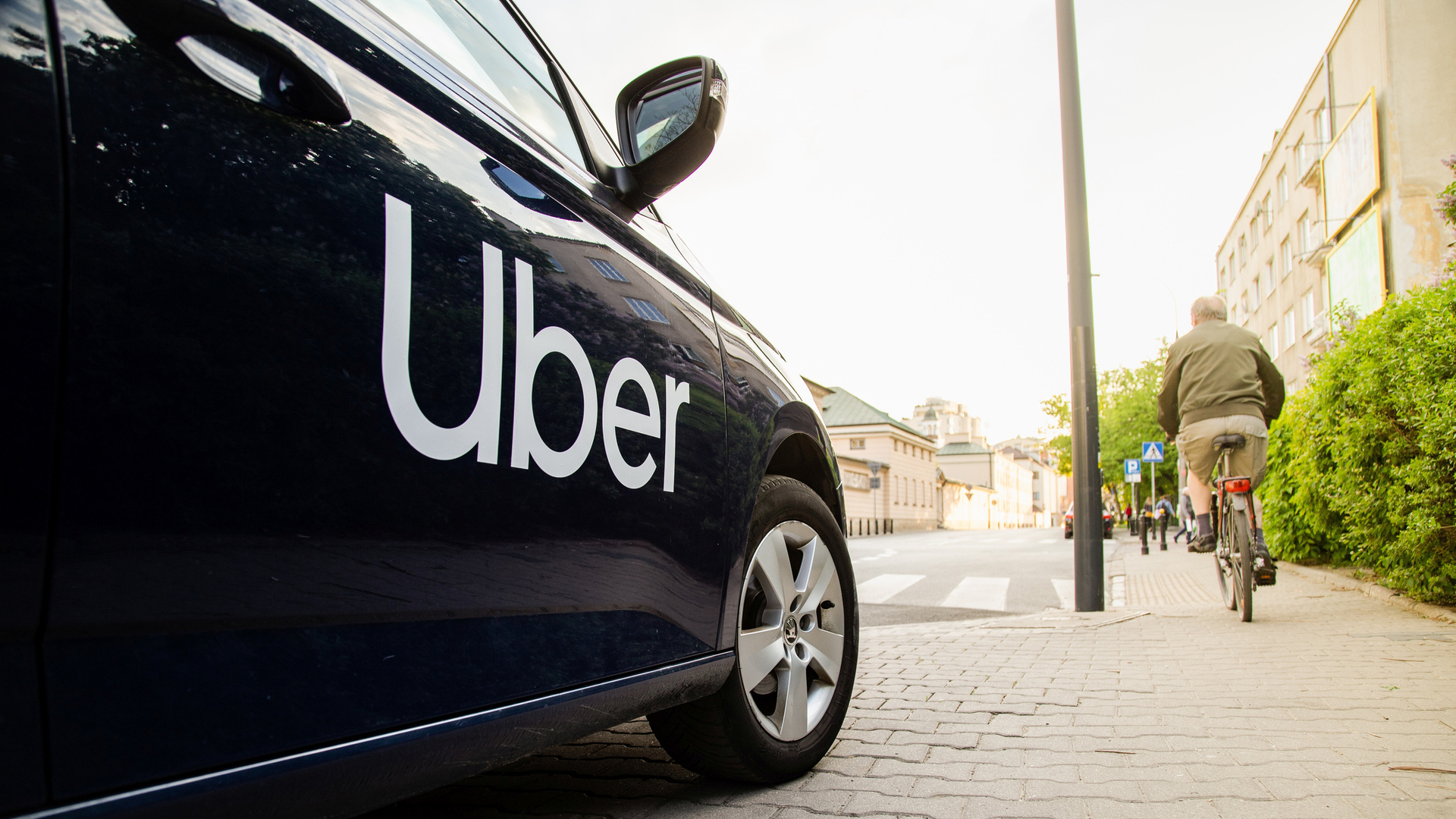How Much Money Can U Make With Uber

The allure of flexible work and the promise of supplemental income have made driving for ride-sharing platforms like Uber an attractive option for millions. But beneath the surface of catchy advertising campaigns and tales of entrepreneurial freedom lies a complex reality: How much can you really earn driving for Uber?
The answer, it turns out, is far from straightforward. Earnings are influenced by a multitude of factors, including location, time of day, vehicle type, expenses, and even driver strategy. This article delves into the financial realities of driving for Uber, examining the data, dissecting the variables, and offering a balanced perspective on the potential income for those considering joining the ride-sharing economy.
Understanding the Earning Equation
Gross earnings are the initial figure that often catches the eye. Uber's website often touts potential gross earnings, but these figures don't paint the complete picture. They fail to account for the significant expenses drivers incur.
These expenses are often overlooked. They can dramatically impact a driver's take-home pay.
The Cost of Doing Business
One of the biggest deductions from gross earnings is the Uber service fee. This fee, which can range from 25% to even higher percentages, represents Uber's cut of each fare.
Then comes the cost of operating and maintaining a vehicle. Gas, maintenance, insurance, and depreciation all eat into earnings.
Furthermore, vehicle depreciation is a hidden cost. It can significantly reduce the value of a driver's asset over time.
Some drivers also choose to lease or rent vehicles through Uber partnerships. These agreements come with their own set of financial implications.
Location, Location, Location
The city in which a driver operates plays a pivotal role in their earning potential. Cities with high demand and limited driver supply naturally offer better opportunities.
Higher fares and more frequent ride requests mean greater income potential. Conversely, smaller cities with lower demand may yield less substantial earnings.
Surge pricing, a dynamic pricing mechanism that increases fares during periods of high demand, can temporarily boost earnings. However, reliance on surge pricing can be unpredictable.
Data and Research: A Deeper Dive
Several studies and surveys have attempted to quantify Uber driver earnings. These reports offer a more data-driven perspective.
A 2018 study by MIT's Center for Energy and Environmental Policy Research estimated median profits for Uber drivers to be considerably lower than often advertised, with many drivers earning less than minimum wage after expenses.
However, other analyses, including reports from Uber itself, present more optimistic figures. These reports often cite higher average hourly earnings before expenses.
These varying results highlight the importance of considering the methodology and data sources of each study.
The US Bureau of Labor Statistics (BLS) does not have a specific category for ride-hailing drivers. This absence makes it difficult to obtain definitive, government-backed data on Uber driver income.
Strategic Driving for Profitability
Savvy Uber drivers employ strategies to maximize their earnings. These strategies include driving during peak hours, targeting high-demand areas, and maintaining a high driver rating.
Some drivers also use multiple ride-sharing apps simultaneously. This practice, known as "multi-apping," allows them to accept the most lucrative ride requests available.
Building a loyal customer base can also lead to increased earnings through tips and repeat business. Excellent customer service is key in this area.
"The key to making a decent living with Uber is to treat it like a business, not just a side hustle," says Mark Johnson, a long-time Uber driver in Los Angeles. "You have to track your expenses, optimize your driving hours, and provide exceptional service."
The Future of Ride-Sharing Income
The ride-sharing landscape is constantly evolving. Factors like increased competition, regulatory changes, and technological advancements could impact driver earnings.
The rise of autonomous vehicles, while still years away, poses a potential threat to the long-term viability of ride-sharing as a source of income.
Ongoing debates regarding worker classification and benefits for gig economy workers could also significantly alter the financial landscape for Uber drivers.
Ultimately, determining how much you can make with Uber requires careful consideration of all these factors. Prospective drivers should conduct thorough research, create a realistic budget, and approach the opportunity with a business-minded perspective.



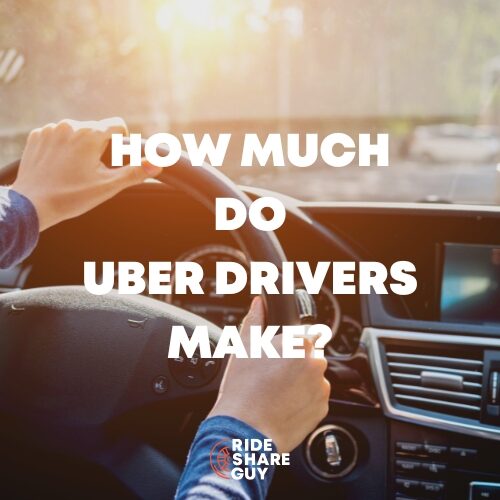
![How Much Money Can U Make With Uber How Much Do Uber Drivers Make? [Data From 2,500+ Drivers]](https://www.ridester.com/wp-content/uploads/how_much_do_uber_drivers_make_6-1-1024x576.webp)


